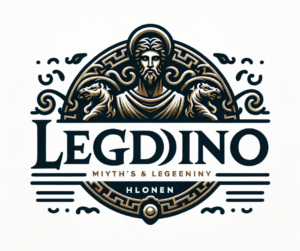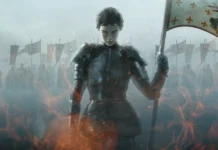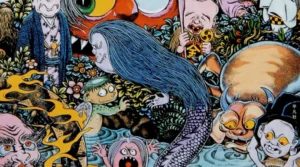
Introduction
Japanese yokai, a term encompassing a diverse range of supernatural beings, spirits, and monsters, have fascinated and terrified people for centuries. Originating in ancient folklore, these entities have evolved through time, reflecting changes in Japanese society and culture. This article delves into the evolution of yokai legends, tracing their origins, transformation, and contemporary significance.
Origins of Yokai Legends
Yokai legends trace back to Japan’s early history, influenced by Shinto, Buddhism, and indigenous beliefs. In ancient Japan, yokai were believed to inhabit natural elements like mountains, rivers, and forests. These entities often represented the unknown and were thought to embody various natural forces. Early descriptions of yokai were intertwined with religious and superstitious practices aimed at appeasing or warding off malevolent spirits.
Ancient Folklore and Historical Accounts
The earliest recorded yokai in Japanese literature can be found in texts such as the Nihon Shoki and Konjaku Monogatari. The Nihon Shoki, a historical chronicle from the 8th century, contains references to supernatural occurrences and beings. Similarly, the Konjaku Monogatari, a collection of stories from the late 12th century, features tales of various yokai, showcasing their roles in both folklore and daily life.
During this period, yokai were often depicted as terrifying creatures with ambiguous intentions. They were believed to cause illness, misfortune, or death, reflecting the fears and uncertainties of the time. These early representations laid the foundation for yokai lore, embedding these beings deeply in Japanese culture.
Medieval and Edo Period Developments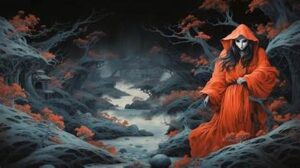
The medieval period in Japan saw significant developments in yokai legends, influenced by the rise of the samurai class and the increasing influence of Buddhism. During the Edo period (1603-1868), yokai became a popular subject in art and literature. This era witnessed the emergence of iconic yokai such as the kitsune (fox spirit) and tengu (mountain goblin), often depicted in woodblock prints and illustrated books.
In this period, yokai were categorized and classified, with notable contributions from scholars like Toriyama Sekien. His works, such as the Gazu Hyakki Yagyo (Night Parade of One Hundred Demons), played a crucial role in popularizing yokai and establishing a structured taxonomy of these beings. This era also saw yokai being portrayed in a more varied light, from malevolent to benign, reflecting changing societal attitudes.
Modern Interpretations and Pop Culture
The 20th and 21st centuries have seen a significant transformation in the portrayal of yokai, driven largely by modern media and pop culture. Anime, manga, and films have introduced yokai to global audiences, often reinterpreting traditional legends for contemporary contexts. This shift has led to a more nuanced and diverse representation of yokai, blending elements of horror, humor, and fantasy.
For instance, Studio Ghibli’s Spirited Away features a range of yokai-inspired characters, highlighting their role in modern storytelling. Similarly, manga series like GeGeGe no Kitaro and Nura: Rise of the Yokai Clan explore yokai myths with fresh perspectives, combining traditional folklore with contemporary themes.
Cultural Significance and Legacy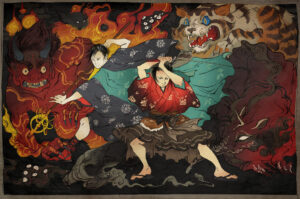
Despite their evolution, yokai remain a vital part of Japanese culture and identity. Festivals, such as the Obon festival, celebrate and honor these spirits, reflecting their enduring significance. Yokai also play a role in modern Japanese art, literature, and entertainment, demonstrating their continued relevance and influence.
The evolution of yokai legends from ancient folklore to modern interpretations illustrates the dynamic nature of cultural narratives. While their forms and representations have changed, the core essence of yokai—as embodiments of the supernatural and unknown—persists, reflecting humanity’s ongoing fascination with the mysterious and the otherworldly.
Conclusion
The journey of Japanese yokai legends from ancient times to the present day showcases a rich tapestry of cultural evolution. From their early roles as supernatural forces to their contemporary portrayals in media, yokai continue to captivate and intrigue. Understanding their evolution provides valuable insights into Japanese culture and the enduring power of folklore in shaping our understanding of the world.
